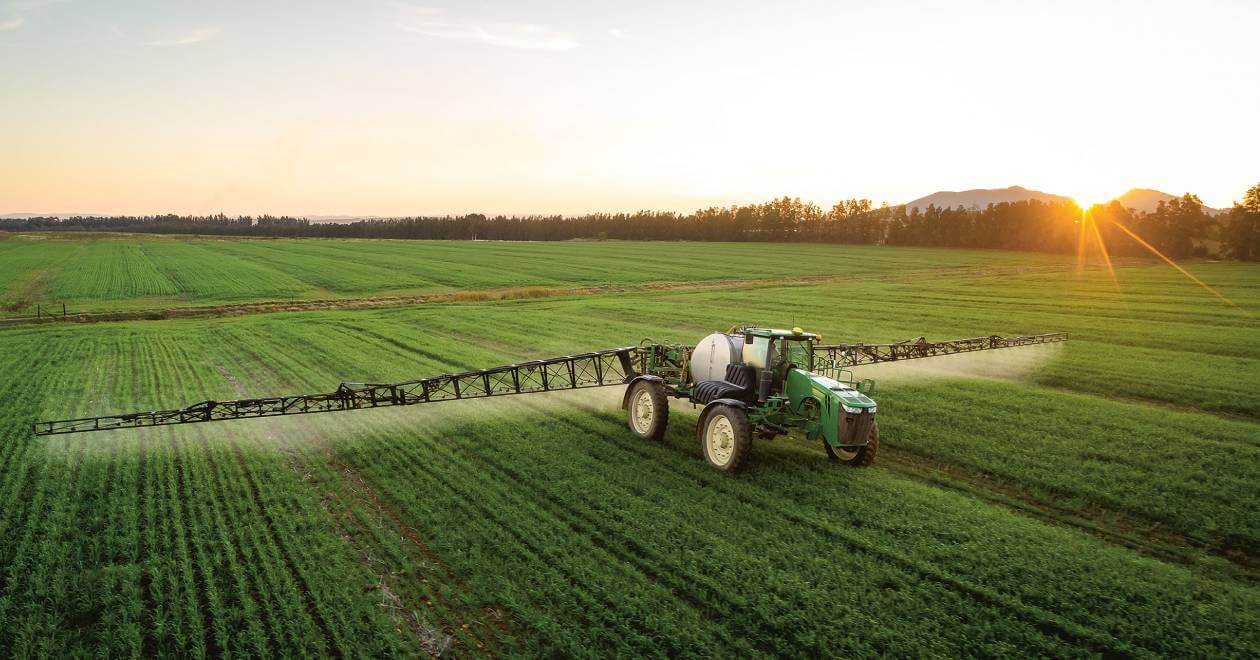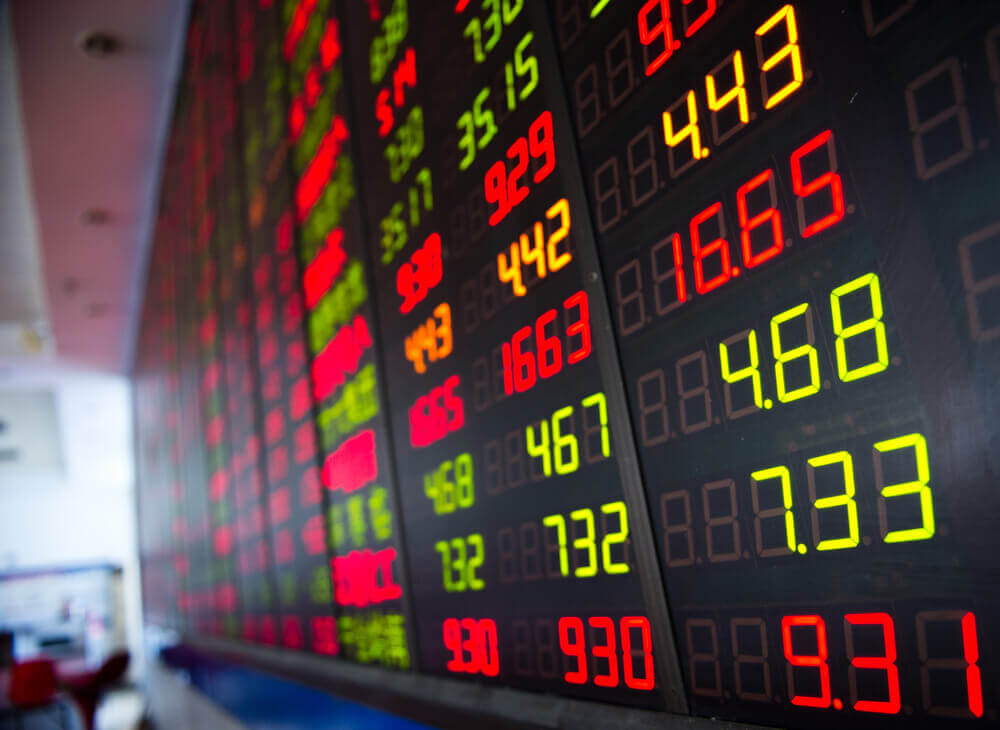This year’s Q4 report by Canxchange looked at the state and prospects of the global market for hemp products. Canxchange provides industry analyses to professionals in the sector, and in their latest report, they highlighted the role of the industrial use of the cannabis plant in the future eco-friendly and sustainable economy.
In an appendage to the report, Laura Herschlag, one of the collaborators, explained why hemp is an ideal source of biomaterial for the world that has committed to be carbon-neutral by 2050.
Hemp is known for its exceptional versatility. Farmers all around the world have cultivated it for centuries. It served as raw material for ropes, cloths, and canvasses, while its seeds were used for oil and food. There is also a long tradition of the plant’s medical use as Cannabis Sativa and its derivatives were a part of Western pharmacopeia before the 20th century.
Unfortunately, the plant was stigmatized as a dangerous drug in the modern era. Today, the stigma persists, and when people think of cannabis cultivation, they mostly picture something like growing psychoactive varieties of the species from autoflowering feminised seeds. While this is indeed a big, bustling, and fast-growing sector, cultivating non-psychoactive hemp varieties is even a more promising niche, one that can be potentially disrupting for the global economy.
One of the most interesting features of hemp is that it has a negative CO2 footprint. What it means is that the cultivation of this species for raw materials binds more atmospheric CO2 than is released. This feature can play a huge role in construction where you can replace concrete with ‘hempcrete’. While concrete is known as one of the top sources of carbon dioxide emissions, mixing it with hemp results in a first-rate construction material with a lesser carbon footprint.
Another way hemp can help achieve a carbon-neutral future is its use for biodiesel. Instead of burning fossil fuels and releasing carbon dioxide that was taken from the atmosphere in previous geological epochs, we can grow plants that bind CO2 within one season and then release back the same amount.
The plant can contribute to the recultivation of soils, too. Studies have shown that hemp is able to absorb heavy metals from contaminated soil. It can also return important nutrients to soils that have been depleted by industrial agriculture.
However, the cultivation of hemp is still by no means widespread. According to the Canxchange benchmark report, the plant is currently grown mostly for the needs of the pharmaceutical and wellness industry. Here, it serves as a source of CBD and other, rare cannabinoids, as well as whole-plant extracts and isolates, or seeds and dried flowers.
Despite its many potential uses in other industries, there are a lot of hurdles that should be overcome before growing hemp becomes economically viable. As Laura Herschlag pointed, there is a general lack of infrastructure that could make the cultivation and processing scalable. Fileds of hemp will be useless if there are no factories—either built from scratch or retrofitted—that could later process the harvested plants.
She said that it’s very hard to change the status quo because it requires global thinking and a lot of investments. And this is where governments and rich philanthropists can make a difference.
Or there may be a totally different type of incentive. If businesses are increasingly required by law to be more ‘green’, it will be only natural for them to incorporate hemp as part of new eco-friendly and carbon-neutral practices. After all, it’s hard to imagine a crop that better suits this purpose. 





















